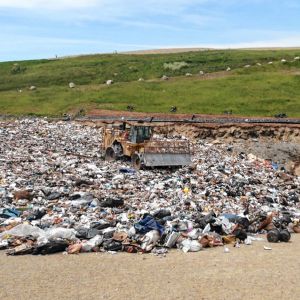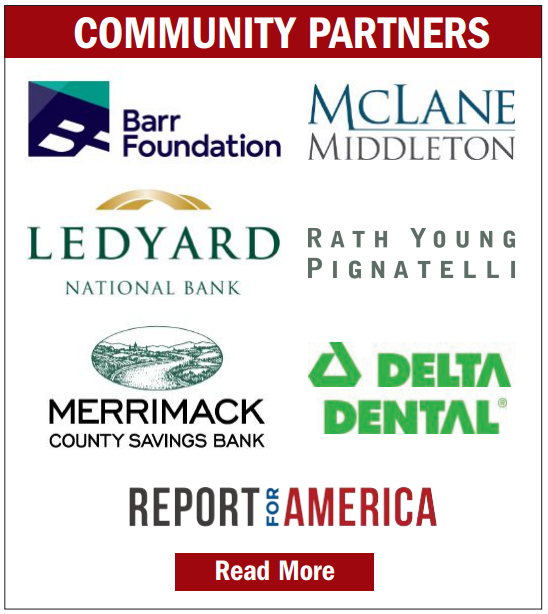Cows are covered with snow blanket
| Published: 02-16-2018 6:17 PM |
A blanket of snow covered my black and red Scottish Highlanders turning them white.
When it snows you might ask, “why don’t you bring your cows inside, where it’s warm.” I don’t because cow hair acts like roofing, keeping heat in.
Cattle “insulation” is similar to house insulation. If a house roof is snow covered, the insulation is working. Snow piled on the back of cow means that the heat from the cow is not escaping to melt the snow.
Some of my cattle are Scottish Highlanders with long shaggy, lanolin coats. The long hair insulates them and the lanolin creates a natural “raincoat” causing snow and rain to run off before it penetrates to their skin. Even the Angus-cross cattle have coats and insulating fat that works the same way.
A bitter wind is more challenging than snow for cows. Cows use natural cover like trees or hills to avoid the wind. Younger cattle are not as well prepared to deal with cold as the older cattle so we make sure they have access to shelter. Given the choice, all of my older cattle would rather be in the field.
Snow-covered cows might look miserable but they’re not. A cow blanketed with snow is a warm cow. Don’t worry about snow-insulated cattle. With plenty of hay and adequate winter.
(Carole Soule is co-owner of Miles Smith Farm in Loudon. She can be reached at cas@milessmithfarm.com.)
]]>
Article continues after...
Yesterday's Most Read Articles
 ‘Anger and backlash’ – Allenstown residents frustrated over elimination trash services
‘Anger and backlash’ – Allenstown residents frustrated over elimination trash services
 New Hampshire State Police join ICE task force
New Hampshire State Police join ICE task force
 Former superintendent of the year is resigning to become EMT amid rising political attacks on schools
Former superintendent of the year is resigning to become EMT amid rising political attacks on schools
 Large solar array proposed for Concord’s closed landfill
Large solar array proposed for Concord’s closed landfill
 What’s in New Hampshire’s waste stream?
What’s in New Hampshire’s waste stream?
 Two of five Grappone auto franchises to be sold as part of family transition
Two of five Grappone auto franchises to be sold as part of family transition







 Pittsfield Players present “The Laramie Project”
Pittsfield Players present “The Laramie Project” Artist spotlight: Elizabeth MacBride
Artist spotlight: Elizabeth MacBride NHTI to screen “The Conversation” for latest Night at the Movies
NHTI to screen “The Conversation” for latest Night at the Movies Summer camp aviation scholarships available to middle school girls
Summer camp aviation scholarships available to middle school girls
